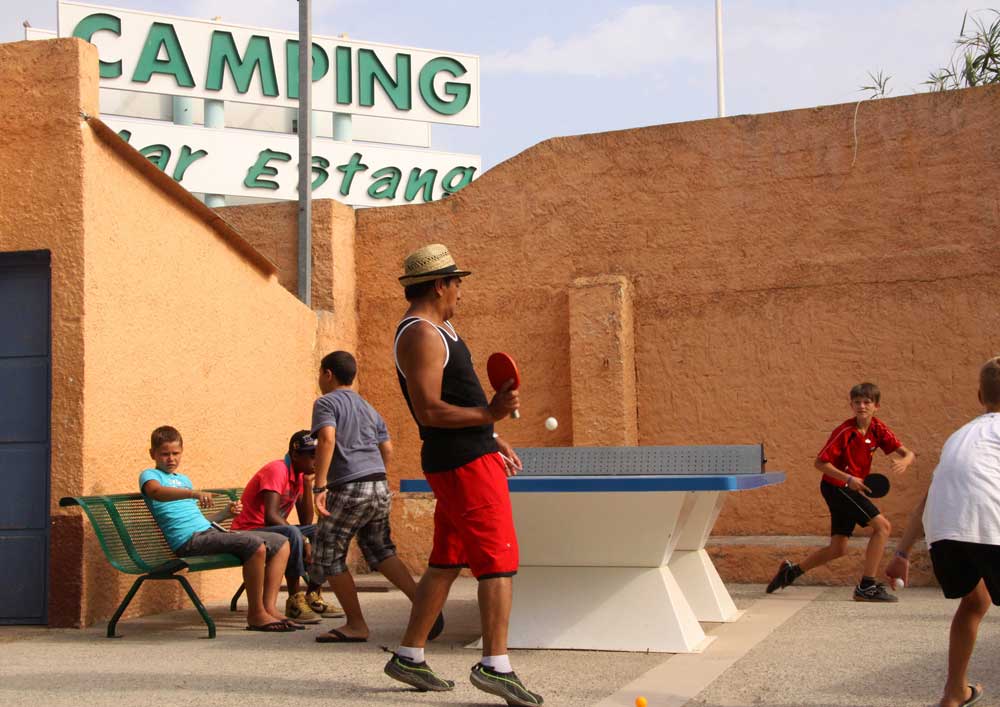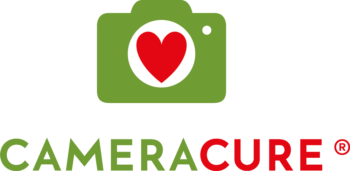Task 21 – Movement with pictures
Task 21
Movement with pictures

Perpignan, France, 2010. Photo: Mette Bugge
Problem
Standstill
Right now, during the process of writing, things are a little quiet…This is when it is good to have a rowing machine nearby because movement immediately loosens up an avalanche of thoughts. It is more difficult to use our heads when we sit still too long. At my doctor’s office, I do some squats or pushups between patients. Half a minute is enough. My pulse increases, my brain receives oxygen and I am ready for the next medical mystery. Often, I work several 24-hour periods in a row, have to make visits in the middle of the night as well and meet up to 50 patients over those 24 hours. So, in order to avoid making wrong diagnoses I have to be always on my toes.
When we move, our brains work better. Our creativity, memory and ability to learn are enhanced. Our mood improves and our bodies become more functional. The lack of movement shows in the patients I treat. The ones who have stairs to climb, go on daily walks or have an activity that makes them move during the day, stay much healthier than the ones who are stuck to their couches and use a car to move from one chair to another. Inactive patients are sick much more often and die many years before the ones who are active. Little movement weakens the renewal of cells and thereby our immune systems.
Unfortunately, many people are so concerned with being comfortable every day and they avoid physical efforts, and over time this becomes quite uncomfortable. Their bad physical shape limits their capacity to do daily tasks and their threshold for discomfort sinks. In order to be robust and flexible in our minds, we have to be robust and flexible in our bodies.
Often the best way out of mental weakness is to build physical strength. We need both mental and physical movement to function fully. We need to develop new thoughts. If you are stuck, move. The steps that you take will give you some new information even if you don’t know where you are going. Do you know someone who moves too little-in their bodies or in their minds? How does this affect their condition?
How relevant is this issued for you on a scale of 1 to 6?:
Solution
Movement
A good way to be more creative is to move more often. When you photograph, you are moving naturally in your mind as well as your body. At the same time as you walk to your next subject and your pulse increases, your brain works to find patterns, interpret the light or ana- lyze the colors in front of you. You may bend down to get a different perspective or go to the top of a hill to see if the view is better from there.
Over time, anyone who takes photos regularly will see their pictures change. They will move mentally towards new subjects and challenges. As soon as you master one thing it will be natural for you to move on. This happens all by itself.
When you photograph, your movements have about the same intensity as the people in the hunter/gatherer societies where they move moderately two to three hours a day. They use bow and arrows for hunting and baskets for gathering. They keep all of their senses open to do what they do. In the same way, we are hunting and gathering with our cameras. Then our brains, hearts, veins as well as our immune systems and inner organs are strengthened.
Our physiology is constructed in regard to the movement patterns of the hunter/gatherer cultures. We should move regularly with a spurt every now and then, just like monkeys we see on National Geographic.
PHOTO ASSIGNMENT:
Make sure that you move quite a bit between the photos that you take today.
Go up to a height to take a picture, or bend down to get one.
Today, the movement you make as you proceed is more important that the picture itself. Every step counts.
On a scale of 1 to 6, how useful was this task for you?:
BOOK SUGGESTION: The Real Happy Pill: Power Up Your Brain by Moving Your Body av Anders Hansen
❞ By creating we move from passivity to activity.
Julia Cameron
❞We begin before there is a plan. What we do moves us forwards and gives us new informa- tion about how we are to go further. The action itself shows the way.
Patricia Ryan Madson
❞Inaction breeds doubt and fear. Action breeds confidence and courage. If you want to conquer fear, do not sit home and think about it. Go out and get busy.
Dale Carnegi
[note_editor]

